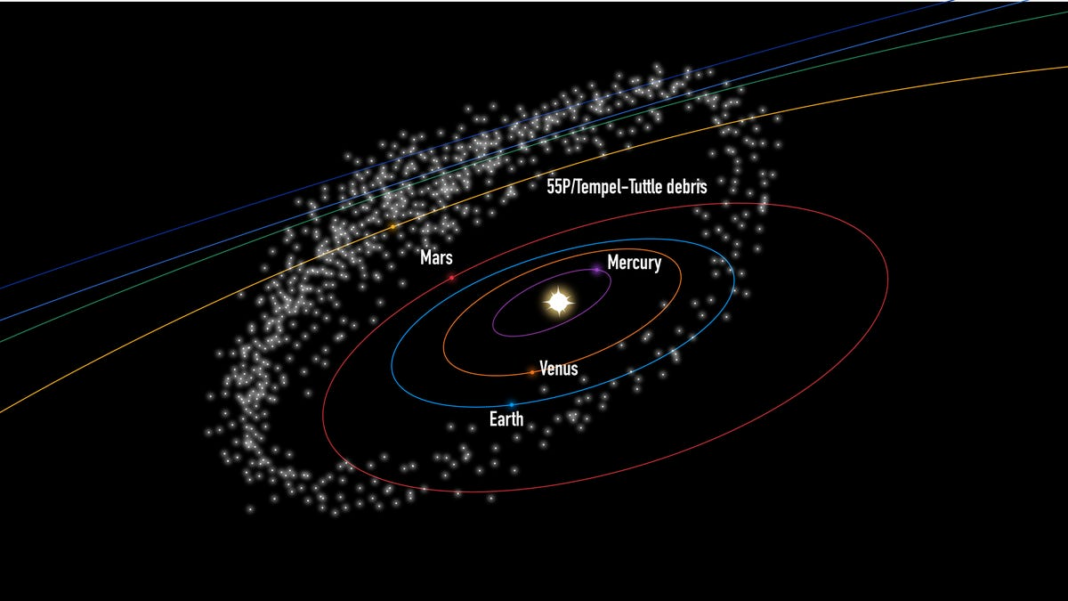2024 Leonid Meteor Shower: When and Where to Observe
Attention skywatchers! Get ready to see some amazing celestial events as the Leonids and Northern Taurids meteor showers reach their peak in mid-November.
The Leonids meteor shower has been active throughout November, with its peak occurring on the night of November 16–17, as noted by the American Meteor Society. This annual meteoric display happens as Earth passes through the debris trail left by Comet 55P/Tempel-Tuttle. Each year, as Earth crosses this debris field, small chunks collide with the atmosphere, creating colorful streaks across the night sky.
In addition to the Leonids, the Northern Taurids will also peak on November 12. They can be observed most effectively when the Taurus constellation is positioned high in the sky. However, the visibility of these meteor showers may be hindered by the bright Beaver Moon on November 15.
What Causes the Leonid Meteor Shower?
The Leonid meteor shower originates from space dust and debris from Comet 55P/Tempel-Tuttle, which impact the Earth’s atmosphere. This comet was independently discovered by Ernst Tempel in 1865 and Horace Tuttle in 1866, according to NASA.
Tips for Observing the Leonid Meteor Shower
You can see meteors from the Leonid shower all across the sky in the Northern Hemisphere, with the meteors appearing to radiate from the constellation Leo, from which the shower gets its name.
The Leonid meteor shower is famous for its spectacular displays. Experts at EarthSky report that there have been years when meteor “storms” occurred, such as the 1833 Leonid shower, which produced a breathtaking 100,000 meteors an hour.
The ideal viewing conditions for the Leonids involve clear skies. However, this year the moon will be 99% illuminated during the shower, as noted by MoonPhases.org, which might affect visibility.
Earth’s Protective Atmosphere
The Earth’s atmosphere provides a protective shield. Small meteors entering the atmosphere burn up upon contact, leaving behind glowing trails as they fall toward the ground.
Upcoming Meteor Showers in 2024:
After the Leonids, there will be two more meteor showers to enjoy this year.
- The Geminids: Known for being one of the most prolific and reliable meteor showers, peak Geminids can produce up to 120 meteors per hour, according to NASA. The best viewing time will be during the early hours of December 13–14.
- The Ursids: This shower is more subdued, with viewers possibly spotting five to ten meteors per hour in a dark sky at peak times. The best time to observe the Ursids will be just before dawn on December 22–23, as stated by Earth Sky.

